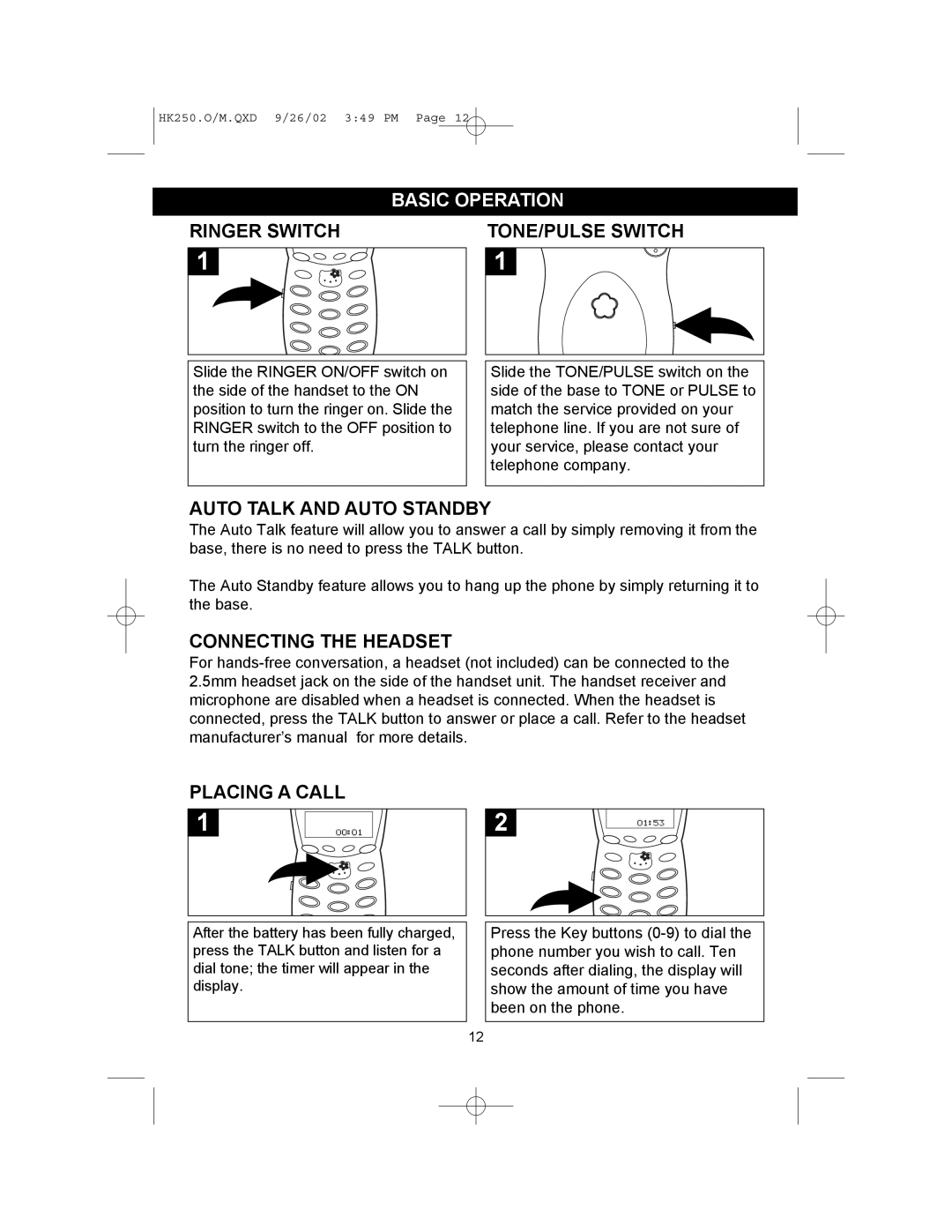HK250 specifications
The Emerson HK250 is a cutting-edge industrial control system that exemplifies the integration of advanced technology and user-centric design. Built for a wide range of applications, this platform is particularly well-suited for process automation in various sectors, including oil and gas, chemicals, power generation, and more.At the heart of the HK250 is its impressive processing power, capable of handling complex algorithms and large data sets in real time. It employs multi-threading technology, allowing the system to perform multiple operations simultaneously, enhancing overall efficiency and responsiveness. This feature is crucial for industries where time-sensitive decision-making is critical.
One of the standout characteristics of the HK250 is its modular architecture. This design enables easy scalability, allowing users to add or remove components based on their operational needs. It supports various I/O modules, communication protocols, and can seamlessly integrate with existing systems. This flexibility ensures that businesses can adapt to changing market conditions without significant overhauls or disruptions.
Safety is a paramount concern in industrial settings, and the HK250 addresses this through advanced safety functionalities. The system includes built-in redundancies, ensuring continuous operation even in the event of hardware failures. Moreover, the HK250 is compliant with global safety standards, providing peace of mind for operators in hazardous environments.
The user interface of the HK250 is designed for intuitive operation. With customizable dashboards and real-time visualization tools, operators can monitor processes efficiently. The system supports remote access and controls, enabling operators to manage processes from any location, which is particularly valuable during unexpected situations or emergencies.
In terms of connectivity, the HK250 is equipped with robust networking capabilities, including support for both wired and wireless communication. This allows for seamless data exchange between devices, enhancing collaboration and operational transparency.
In conclusion, the Emerson HK250 stands as a versatile and robust industrial control system. Its combination of processing power, modularity, safety features, user-friendly interface, and connectivity options makes it an ideal choice for industries looking to enhance their automation capabilities. With the HK250, companies can not only optimize their operations but also ensure reliable and safe production processes.

